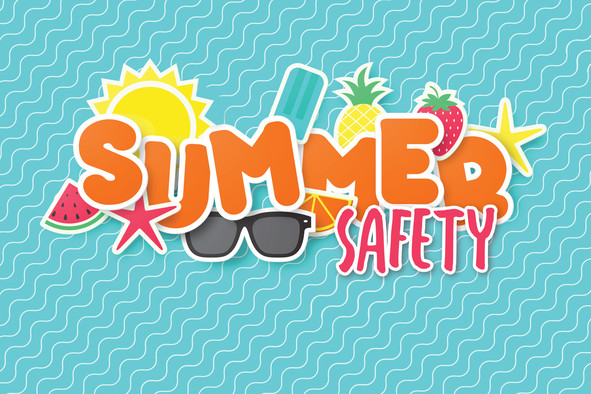As global temperatures continue to break records, heat-related illnesses are becoming a critical public health concern. The summer of 2024 is projected to be one of the hottest on record, with the National Weather Service forecasting 30% more heatwave days than average across North America and Europe. Heatstroke—a life-threatening condition—sends over 11,000 Americans to emergency rooms annually, yet most cases are preventable with proper precautions.
This comprehensive guide provides science-backed strategies to stay safe in extreme heat, recognize early warning signs of heat-related illnesses, and optimize hydration for maximum protection.
1. Understanding Heat-Related Illnesses: From Heat Exhaustion to Heatstroke
A. Key Differences & Symptoms
| Condition | Symptoms | Risk Level |
|---|---|---|
| Heat Cramps | Muscle spasms, sweating | Mild |
| Heat Exhaustion | Dizziness, nausea, rapid pulse | Moderate |
| Heatstroke | Confusion, no sweating, body temp >104°F (40°C) | Life-threatening |
B. Most Vulnerable Groups
- Outdoor workers (construction, agriculture)
- Athletes & children (higher metabolic heat production)
- Elderly & chronically ill (reduced thermoregulation)
2. Hydration Science: What Really Works in Extreme Heat?
A. Fluid Intake Guidelines
- General rule: 0.5–1 oz water per pound of body weight daily
- During activity: 7–10 oz every 20 minutes
- After sweating: Replace electrolytes (sodium, potassium, magnesium)
B. Best & Worst Hydration Choices
| Best Options | Avoid |
|---|---|
| Coconut water (natural electrolytes) | Alcohol (dehydrates) |
| Electrolyte tablets (e.g., Nuun) | Energy drinks (crash risk) |
| Watermelon (92% water + lycopene) | Excess caffeine |
C. Signs You’re Dehydrated
- Dark yellow urine
- Dry mouth & headaches
- Fatigue or confusion
3. Cooling Strategies: Evidence-Based Ways to Beat the Heat
A. Personal Cooling Techniques
- Neck ice packs (cools carotid arteries fastest)
- Misting fans (lowers skin temp by 9°F in 3 minutes)
- Wet bandana trick (evaporative cooling)
B. Home & Workplace Adjustments
| Solution | Effectiveness | Cost |
|---|---|---|
| Cross-ventilation | 30% cooler | Free |
| Window films | Blocks 99% UV | $50 |
| Cooling mats for pets | Prevents overheating | $25 |
C. Clothing & Sun Protection
- Best fabrics: Linen, moisture-wicking polyester
- Hats with neck flaps (reduces heat gain by 40%)
- UPF 50+ clothing vs. sunscreen (lasts all day)
4. Emergency Preparedness: Recognizing & Treating Heatstroke
A. First Aid Protocol (CDC-Recommended)
- Move to shade immediately
- Remove excess clothing
- Cool rapidly with ice packs (armpits, groin, neck)
- Call 911 if no improvement in 10 minutes
B. When to Seek Medical Help
- Confusion or slurred speech
- Seizures or loss of consciousness
- Skin hot & dry (no sweating)
5. High-Risk Activities: Extra Precautions Needed
A. Exercising in Heat
- Acclimatize gradually (7–14 days)
- Wear a heart rate monitor (stop if >80% max)
- Pre-cooling strategy: Drink slushies before workouts
B. Protecting Children & Pets
- Never leave in cars (temps rise 19°F in 10 minutes)
- Pavement test: If too hot for your hand, it burns paws
C. Nighttime Heat Risks
- Sleep in basement if no AC
- Cool shower before bed (lowers core temp)
6. Long-Term Heat Adaptation Strategies
A. Dietary Adjustments
- Spicy foods (induce sweating)
- Smaller, frequent meals (reduces metabolic heat)
B. Home Upgrades
- Heat-reflective roofing (saves 15% on cooling)
- Smart thermostats (pre-cool before peak heat)
C. Community Resources
- Cooling center locator apps
- Check-in systems for elderly neighbors
Conclusion: Your Summer Survival Checklist
✅ Hydrate proactively (not just when thirsty)
✅ Dress smart (light colors, breathable fabrics)
✅ Know the warning signs (confusion = emergency)
✅ Plan ahead for heatwaves (AC maintenance, backup power)


